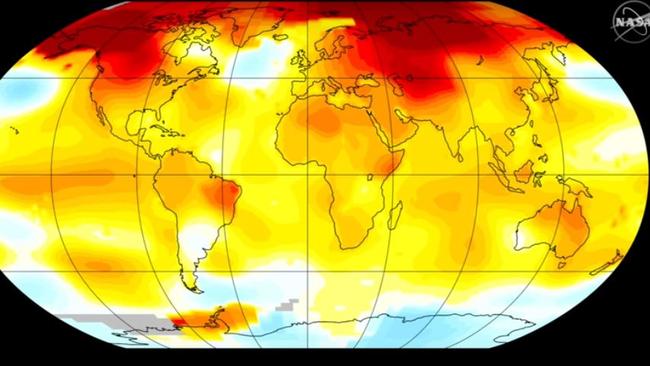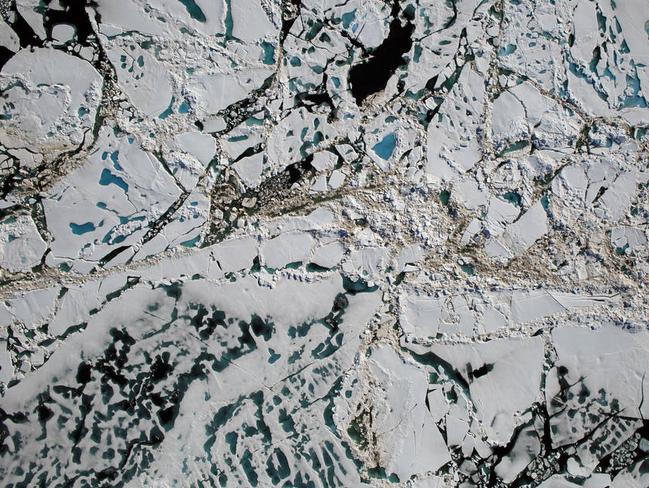2016 is on track to be the hottest year on record
LAST year was the hottest on record but so far 2016 “has blown that out of the water” according to NASA scientists.

IF YOU feel like it took a long time for winter to arrive this year, you weren’t wrong.
The first six months of 2016 were the hottest on record around the world, according to scientists at NASA and America’s National Oceanic and Atmospheric Administration.
It’s become a familiar narrative each year, but a no less worrying one.
Last year currently holds the mantle for the hottest year on record “but 2016 has really blown that out of the water,” said the head of NASA’s Goddard Space Institute, Gavin Schmidt.
Scientists found that every month in the first half of 2016 set a record as the warmest respective month globally since modern temperature records began in 1880.
The universal increase has led scientists to believe by the time it’s all said and done, 2016 will be the warmest year on record.
According to Schmidt, the calculations “indicate that we have roughly a 99 per cent chance of a new record in 2016”.
The first six months of 2016 have been 1.3C above the average in 1880 and nearly 1.5C higher than pre-industrial levels, he said.
While temperature fluctuations are a climatological consistent and may seem rather benign, the persistent warming over decades is what changes the atmosphere and has resulted in steady changes to climate indicators that have researchers worried.
Five of the first six months in 2016 also set records for the lowest amount of sea ice in the Arctic since consistent satellite records began in 1979.
March was the only exception — which recorded the second lowest Arctic sea ice extent on record.

Researchers from the space agency are currently working across the Arctic to better understand the processes driving sea ice melt.
NASA has 19 Earth observing space mission but the agency’s work on the ground also plays a vital role, and the picture is a pretty bleak one.
“It has been a record year so far for global temperatures, but the record high temperatures in the Arctic over the past six months have been even more extreme,” said Walt Meier, a sea ice scientist at NASA Goddard.
“This warmth as well as unusual weather patterns have led to the record low sea ice extents so far this year.”
Dr Schmidt attributed some of the rise in temperatures to the El Niño weather pattern in which warmer water in the equatorial Pacific Ocean push heat into the atmosphere.
“While the El Niño event in the tropical Pacific this winter gave a boost to global temperatures from October onwards, it is the underlying trend which is producing these record numbers,” he said.
The weather pattern has created an extra “wobble” in the trend and with the passing of El Niño 2017 could prove to be cooler than its predecessor.
However NASA scientists are keen to point out the long term trend that has seen the world’s climate continually warm in recent years.



